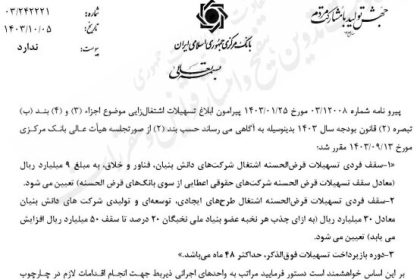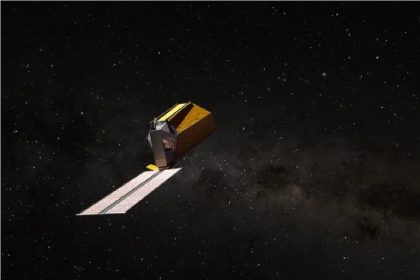Three-body interactions in space are not just pure chaos, but have regular patterns and predictable outcomes. Scientists can easily predict the motion of two massive objects that collide in space under the influence of gravity.
According to Tekna Technology Media Science News Department, when three objects interact in space, complex and often unpredictable paths are created that make it difficult to determine their future position. This phenomenon is known as the three-body problem. The three-body problem is one of the most famous unsolved problems in mathematics and theoretical physics. This theory states that when three bodies collide, their interaction evolves chaotically, without order, and completely separate from the starting point,” says Alexandre Alberto Terrani, an astrophysicist at the Niels Bohr Institute of the University of Copenhagen.
A new study from Trani and his team shows that the three-body problem is not as chaotic as it might be thought, and actually follows some regular patterns. Researchers call these patterns “islands of order”. “Millions of researchers’ simulations show that there are ‘islands of order’ in this chaos that directly depend on how the three objects are positioned relative to each other when they collide, as well as the speed and angle of their impact.”
To accurately understand the three-body problem, Trani developed a software called Tsunami, which runs three-body interaction simulations in space. Tsunami takes into account all fundamental principles such as gravity, general relativity, etc. during its calculations.
Using this software, the authors of the study ran millions of simulations to examine the results of different types of three-body collisions. They calculated the motion and position of interacting objects in different positions. This experiment showed interesting results. For example, the study authors found that “the object that eventually ejects from the system after the collision is usually the one with the lowest mass.” However, a completely chaotic phenomenon should not lead to such uniform results. Tsunami simulations also led to the creation of a map showing all possible outcomes of three-body interactions in space. When the authors of the study scrutinized this map, they discovered several regions that highlighted regular patterns.
“Our analysis shows that regular trajectories occupy a significant portion of the phase space, ranging from 28% to 84% depending on the initial setup,” the study authors added. These islands of order can help scientists better understand the science behind three-body interactions in space. In addition, it could also reveal various secrets related to gravitational waves and gravity, according to the researchers.
RCO NEWS
















